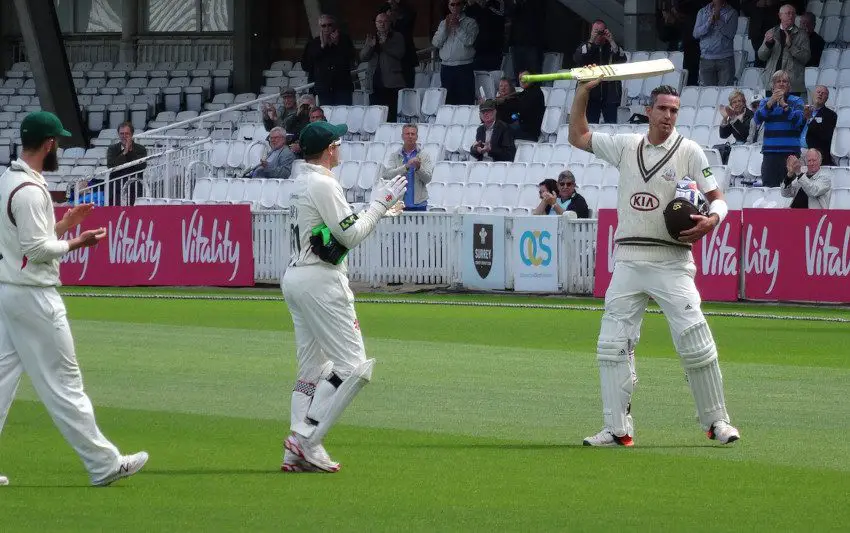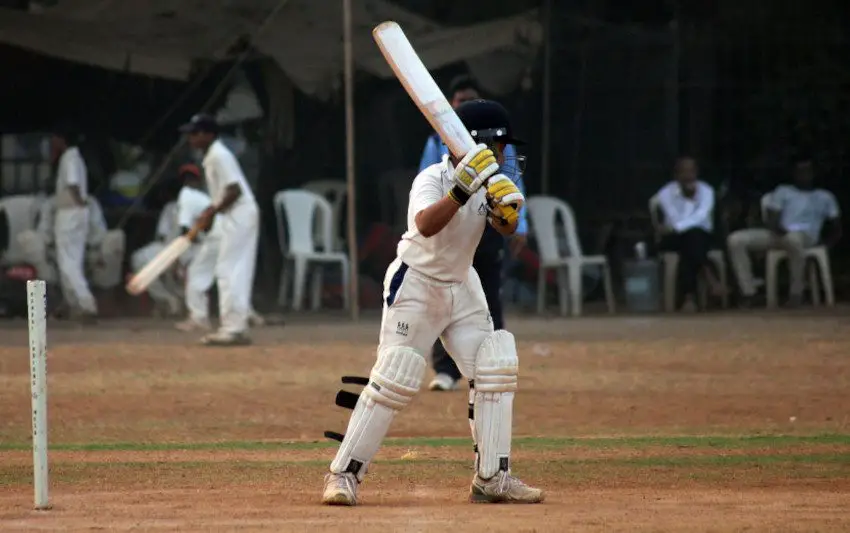Table of Contents
They are among the most valuable men in any cricket team but what is a finisher and who are the best in cricket history?
Who is the Best Finisher in the World?
England’s Jos Buttler is regarded by many as the best finisher in world cricket history. In T20 games, he tends to open the batting but, in ODI matches, Buttler bats in the late overs where the finisher traditionally features.
Buttler can advance the score to an incredible extent from here. When he’s effective, his strike rate will be in the late 100s and he has also made ODI centuries after coming in late in the innings.
15 Best Finishers in Cricket History
1. Jos Buttler
There will be some debate as to who is the best finisher in cricket history but few would argue that Jos Buttler deserves the accolade right now. Of those who are still playing the game in 2022, the English wicket keeper batsman is the major force in limited overs cricket.
Finishers can be defined by their high strike rates in both forms of the white ball game and Buttler underlines this point. In all of his T20 matches, his strike rate is 144.02 while in ODI games that comes in at a healthy 118.66.
Buttler has contributed to England’s world record scores in the ODI game and he has no fewer than 11 centuries in List A cricket. He’s occasionally promoted to open the batting but his best position is as a finisher – boosting totals in the death overs.
2. MS Dhoni
Indian cricket fans will argue that MS Dhoni deserves to be at number one on the all time list. As a respected captain of Chennai Super Kings in the Indian Premier League and as of the national side, he’s always batted down the order at number 5 or 6.
Like the man at the top of this list, MSD’s strike rates stand up to scrutiny. In ODI cricket, his numbers are relatively subdued at 87.56. However, in the T20 game, they lift to a far more respectable 134.37.
Dhoni’s most memorable act of finishing came in the 2011 World Cup final when India faced Sri Lanka. Chasing a stiff target of 274, India lost Virender Sehwag in the first over. Gautam Gambhir made a patient 97 but it was MSD, with his brilliant 91 from 79 balls who saw his team home.
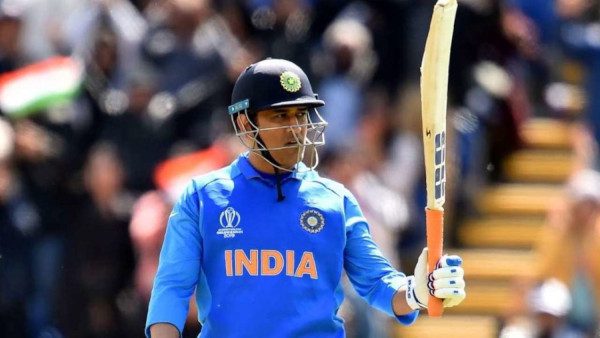
3. AB De Villiers
South Africa’s AB De Villiers holds the record for the fastest ever ODI hundred. His ton against the West Indies in the 2015 World Cup came from just 31 balls and he eventually ended up with 149.
De Villiers often batted higher up than some of the players on this list but he still deserves to be classed as a ‘finisher’. As we’ve seen, the definition is of a batter who boosts totals by scoring quickly at the back end of an innings and that’s exactly what he did.
In terms of strike rates, he returned just over 101 in ODI cricket but those numbers increase to a remarkable 150.13 in all T20 matches.
4. Michael Bevan
If you look at Michael Bevan’s statistics right now, you’ll wonder why he’s included among the best finishers in cricket history. He played before T20s came along so his strike rate in ODIs is 74.16. His high average of 53.58 might, however, give you a clue.
Bevan is the first player who I remember being called a ‘finisher’. He would often come in as a middle order batter and rescue lost causes for Australia. Yes, others will return better stats but Bevan was arguably the man who invented this cricketing phenomenon.
5. Shahid Afridi
Boom Boom Afridi features highly in that list of fastest ODI hundreds and he should obviously be here. He became the youngest player to make an ODI ton and his quickest century came from just 37 deliveries.
A known finisher in world cricket, Afridi has an impressive strike rate in 50 over internationals of 117.00. When we switch to the T20 format, the Pakistan all rounder returns some serious numbers at 154.21.
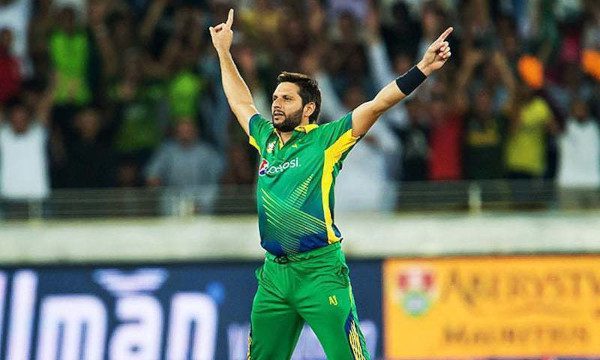
6. Abdul Razzaq
This may not be the most obvious name on the list but another Pakistani all-rounder, Abdul Razzaq, definitely deserves to be included among the best finishers in world cricket. Equally capable of changing a game with the bat or the ball, Razzaq’s most memorable display of power hitting came in an ODI against New Zealand in 2004 when he struck 89 from just 40 deliveries.
Overall, Razzaq who is considered one of the most dangerous batsmen in Pakistan has a respectable ODI strike rate of 81.25. Meanwhile, like all the best finishers in cricket history, the strike rate lifts considerably in T20 cricket to 131.06.
7. Viv Richards
Like AB De Villiers, West Indies’ Viv Richards tended to bat higher than others who are classed as ‘finishers’. However, the Windies had such great opening pairings that he often came in during the second half of an innings.
His best ever return in ODIs came in 1984 when he made 189 from 170 balls against England. He also played before T20s but his strike rate of 90.20 in limited overs internationals is exceptional for its time.
8. Lance Klusener
South African all rounder Lance Klusener would often bat around number seven in ODIs but he was a very influential player from that position. A fine example of his ability with the bat came in a One Day International cricket match against New Zealand in 2000.
Chasing 257 to win, the South Africans were in trouble at 65/4 before an undefeated 59 from 42 balls from Klusener intervened. Batting at number seven, he got his team over the line and won the Player of the Match award in the process.
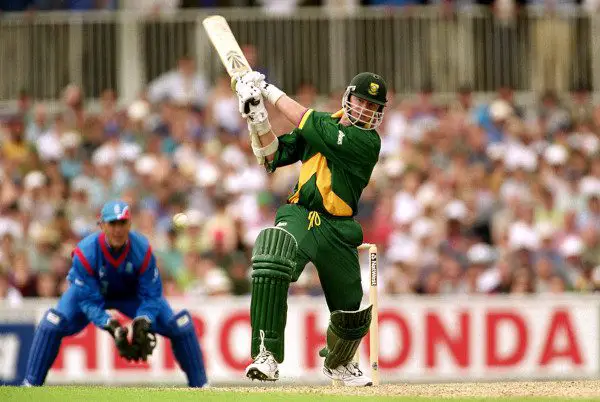
9. Javed Miandad
Pakistan’s influential captain Javed Miandad is another man who batted higher up the order. His qualities as a finisher include the ability to accumulate patient runs at the start of his innings before speeding up later on.
He made no fewer than eight centuries in ODIs with an excellent average of 41.70. His strike rate of 67.01 may sound modest but remember that this came at a time when run rates were much lower.
10. Michael Hussey
When you look back on Mike Hussey’s career, it’s hard to believe that he was nearly 30 before he played his first international match. Imagine what his numbers would have been like if he’d debuted some five years earlier when he looked ready to step up,
Hussey quickly became known as one of the best finishers in cricket, in fact he is one of the best finishers in all three formats. His best score in ODIs underlines his finishing quality as he came in at number six to make 109 from 90 deliveries against the West Indies.
11. Virat Kohli
Virat Kohli inherited India’s captaincy from MS Dhoni and he certainly lived up to his predecessor’s legacy. Like Javed Miandad, Kohli can start patiently before exploding to boost his individual score, and the team total, in the death overs.
It could certainly be argued that he is the most successful batsman on the list. With an incredible 43 ODI hundreds, Kohli is way ahead of anyone else here. As for strike rates, he returns over 93 in ODIs and over 133 in T20s.
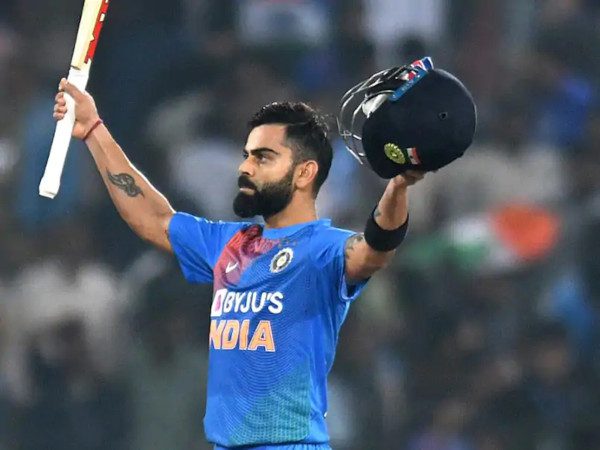
12. Kieron Pollard
As a man who comes in at around number six, West Indies’ Kieron Pollard bats almost exclusively in the late overs. Pollard has four centuries in list A cricket and has finished off many innings for the Windies and for Mumbai Indians.
His strike rate in One Day Cricket is under 100 but it climbs to an exceptional 152 in T20s.
13. Hardik Pandya
Hardik Pandya was a teammate of Kieron Pollard’s at Mumbai Indians for many years and the two compiled some valuable partnerships. Pandya is one of the strongest finishers in cricket history in his own right and is closing in on 2000 international runs in the limited overs formats.
His most incredible feat of finishing came in an ODI for India in 2020. Batting at number six, he made 92 from 76 balls in a sixth wicket stand of 150 with Ravindra Jadeja. India’s total of 302 was only just enough to win a tight game by 13 runs.
14. Andre Russell
Like his international teammate Kieron Pollard, Andre Russell will allow his T20 teams to let him bat solely in the death overs. A finisher isn’t always adept at rescuing an innings after an early collapse and Dre Russ only knows one way to bat.
There are many notable achievements but Russell’s T20 best of 121 from just 49 balls while batting for at number seven for Jamaica Tallawahs is the obvious standout. He has also the highest batting strike rate in ODI by far.
15. Ben Stokes
Throughout this round up we’ve talked about finishing games off in One Day International cricket. Ben Stokes can do that but perhaps his best moment came in the 2019 Ashes test cricket match at Headingley.
Having made just 67 on first innings, England were chasing an unlikely target of 359 to win the game. Batting with the tail, Stokes held firm and made a brilliant 135 as the home side scraped over the line by one wicket. That’s what we call one of the best finishers in cricket history.
What is a Finisher in Cricket?
A finisher is a hard hitting batsman who tends to bat in the middle order. Their job is to score quickly at the end of an innings to either get their team up to a big total or to help their side overtake a target when chasing. Therefore, they are literally ‘finishing’ a game or ‘finishing’ an innings with a fast, high scoring contribution with the bat.
Skills that the Greatst Finishers Must Have
It’s not all about blasting off from the first ball although that’s an obvious quality for a finisher. They will need to maintain a high strike rate throughout their innings.
Finishers will also need to pace that innings to an extent. The clue is in the name here and a finisher should still be at the wicket when the game comes to an end.
Batting with the players around them is also important. At times, the finisher may find themselves batting with the tailenders if their team has lost a number of wickets. This means that they will have to manage the strike and face most of the deliveries that are remaining.
A finisher must also be innovative with their strokeplay and Jos Buttler is a great example of this. In those death overs, he often plays the ramp shot to great effect, lifting the ball over the wicket keeper when the delivery hits a full length.
Before they can improvise, a finisher must also have a good range of regular shots in their repertoire. When you see Jos Buttler bat, he can score runs all around the wicket. One of my particular favourites is the shot that he plays to yorkers – digging the ball from a fuller length and hitting it back over the bowler’s head.
To do that effectively, a finisher must have supreme power in their hitting. Timing will help but the batter will also need that power to clear the boundary.
Lastly, and perhaps most importantly, the finisher must have a calm head. The end of an innings is a pressure situation and they must be strong enough to handle the mental challenges that come with it.
I’ve mentioned Jos Buttler a few times as I think he’s the best example. However, all of the above are qualities that every finisher should have in order to succeed.

